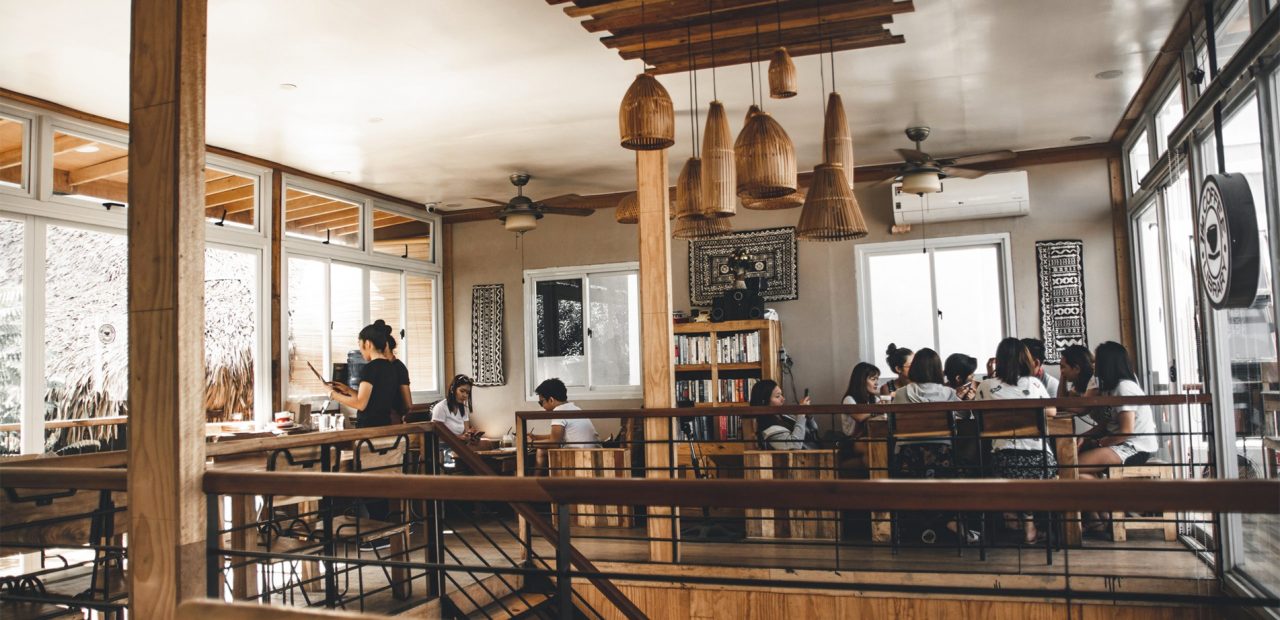Restaurant Flooring Guide: Create a Comfortable Environment
Opening a restaurant involves a lot of planning. Your responsibilities range from selecting the right staff, selecting their uniforms, and planning the menu to choosing the right furniture and décor. When it comes to a restaurant’s interior, people often pay more attention to the design of the tables and the décor, but the type of flooring is just as important.
The flooring is the foundation of your restaurant and it should be functional, safe and add to the interior aesthetic value. Different areas of your restaurant require different types of floors. What’s more, if you choose a low-quality floor, it could wear out pretty quickly and start producing cracks and uneven surfaces. And you don’t want your guests to form an impression based on that, right?
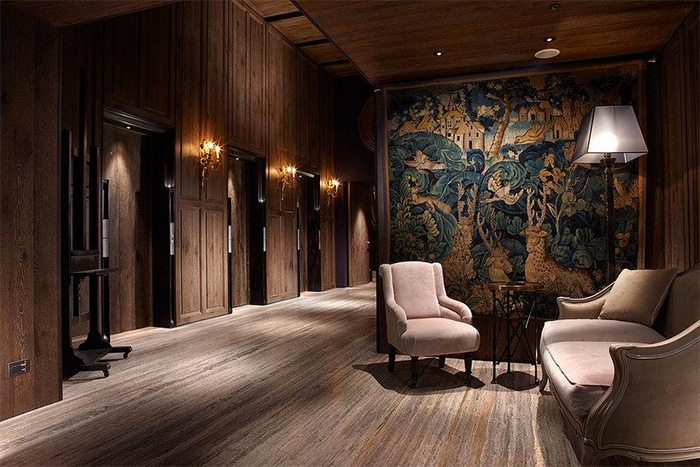
Contents
Waiting Area vs Dining Room
Choosing the right flooring for the different segments of your restaurant can be difficult. The waiting areas give the public a first impression of your restaurant since it’s the first space they see when entering. It’s important that the flooring in this area is aesthetically pleasing, but also durable, easy to maintain and slip-resistant.
The dining room is where most of the gatherings take place, whether it’s a special occasion, business meeting or a casual night out. This area calls for a warm, welcoming and durable flooring option such as wood or wood-look flooring. Wood-look floors are generally more popular, as they give the presence of genuine hardwood without the genuine hardwood price tag.
Restaurant Kitchen Floor
The kitchen is the heart of the restaurant. It’s usually kept out of the public eye, but it needs just as much attention as any other part of the restaurant when it comes to flooring. Popular flooring option for restaurant kitchens are vinyl floors, concrete and ceramic tiles.
Restaurant kitchen floors need to meet certain standards:
- They should be easy to maintain and not absorb food juices and liquids;
- Heat-resistant and strong;
- They shouldn’t contain toxic materials;
- They need to have superior slip-resistance;
- They should have correct drainage systems.
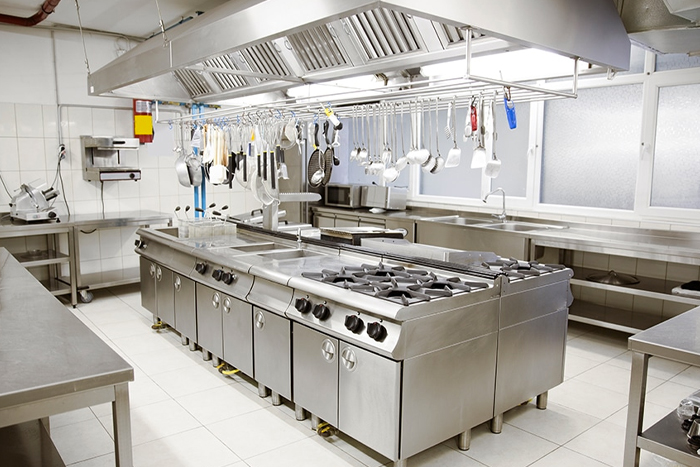
Types of Flooring to Choose from
Vinyl
Restaurant floors need to constantly endure relentless foot traffic, spills and wheeling of carts. This is why not all floor types are suitable. A popular option for hospitality flooring that’s been gaining a lot of popularity recently is vinyl. So, what are the advantages of vinyl flooring?
There are many reasons why restaurant businesses are turning to vinyl:
- Extremely durable – These floors handle heavy foot traffic well, and if properly cared for, they can last you several decades;
- Low maintenance – Restaurant floors take up a lot of space and constantly endure traffic. Vinyl floors are the best hospitality flooring option for restaurants because they’re water and stain-resistant, and they have a smooth and seamless surface which is easy to clean;
- Easy to install – They’re easier to install than most types of floors, this is especially true for vinyl plank floors. It’s so simple that you can even do it without a professional;
- Versatile designs – Vinyl floors are the chameleons of flooring. Whether you’re going for a classier marble look, a warm and welcoming wood look or anything in between – these floors can do it all for smaller prices;
- Great for restaurant kitchens – They’re sturdy, slip-resistant and stain-resistant, which makes them a good choice for busy commercial kitchens. Their low maintenance makes them superior to classic ceramic tiles since these areas have frequent spills of liquids;
- Environmentally friendly – Eco-friendliness is the biggest trend of the 21st century, as we’re becoming more aware of the negative effects of global warming. Vinyl flooring manufacturers, as opposed to some of the other flooring businesses, work towards minimizing their environmental impact by minimizing harmful emissions as much as possible;
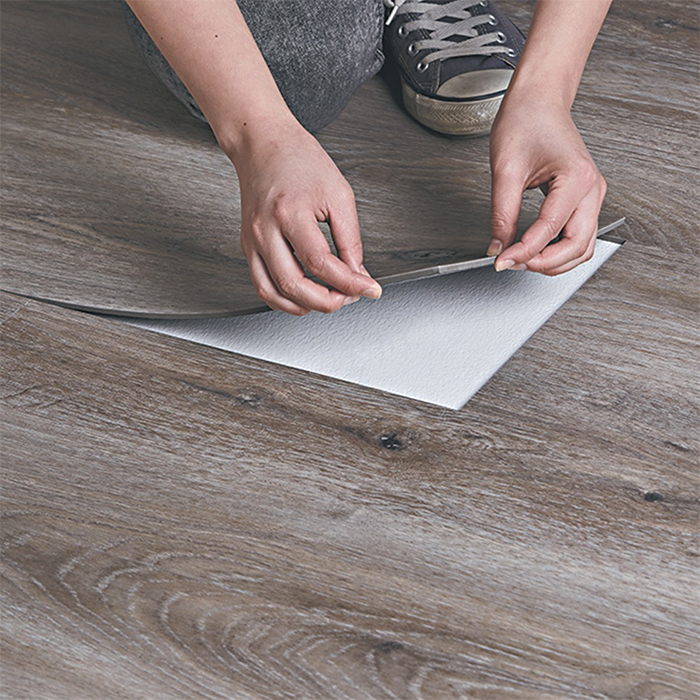
Concrete
Concrete is another popular flooring option for restaurants. It’s mostly known for its durability and hardness – this material is extremely resilient and can handle heavy furniture, high temperatures and scratches from footwear and pets’ claws.
Concrete acts as a base for other types of flooring, so it’s also cost-effective. Its installation is complete by adding a concrete stain or sealant and polishing it to decorate and protect it. These protective layers come in various colours and textures, however, they’re not as versatile as vinyl floor finishes. It’s important to apply a quality protective layer, as it gives concrete its water and stain resistance and makes it easier to maintain. A concrete floor that’s not protected is harder to clean and tends to absorb water and stains.
The polishing gives it the ability to reflect lighting, which is why it has a shiny and luxurious look. Concrete flooring can be used both in busy kitchens and dining rooms.
Carpet
Carpets are a great flooring option for a restaurant’s dining room or waiting area. They help create a cosy and intimate setting, and they’re soft underfoot, so they contribute to a quiet environment. A carpet is a warm and welcoming flooring option, however, it’s substantially harder to maintain. For this reason, some carpet floors are treated to be more water and stain resistant, while sometimes owners opt for carpet tiles. These can be individually replaced if they’re damaged so there’s no need to take out the whole carpet.
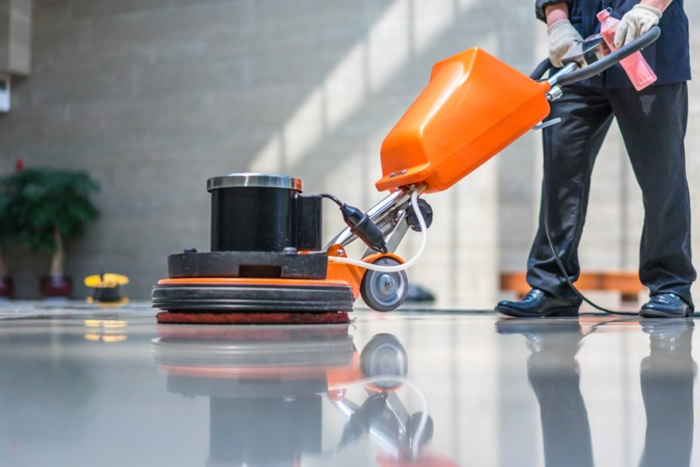
Floor Maintenance
- Frequently cleaning your restaurant floors is crucial for a successful business. Unclean floors can easily throw off customers and may lead to health hazards as well. Here are several tips on restaurant floor maintenance:
- Clean twice daily – this mostly applies to restaurant kitchens; however, other areas should also be cleaned once to twice a day;
- Tile pores – a smooth floor surface is generally better than a tiled one since it can be cleaned easier. If you have tiled kitchen floors, see that they’re cleaned properly since dirt can often stick to the tile pores; Use clean mops – using dirty mops is a big mistake that often occurs in food service environments. When the same bucket of cleaning fluid is used throughout the cleaning session, it gets dirty and it transfers dirt back to the floor. This is why mop water should be frequently changed.

